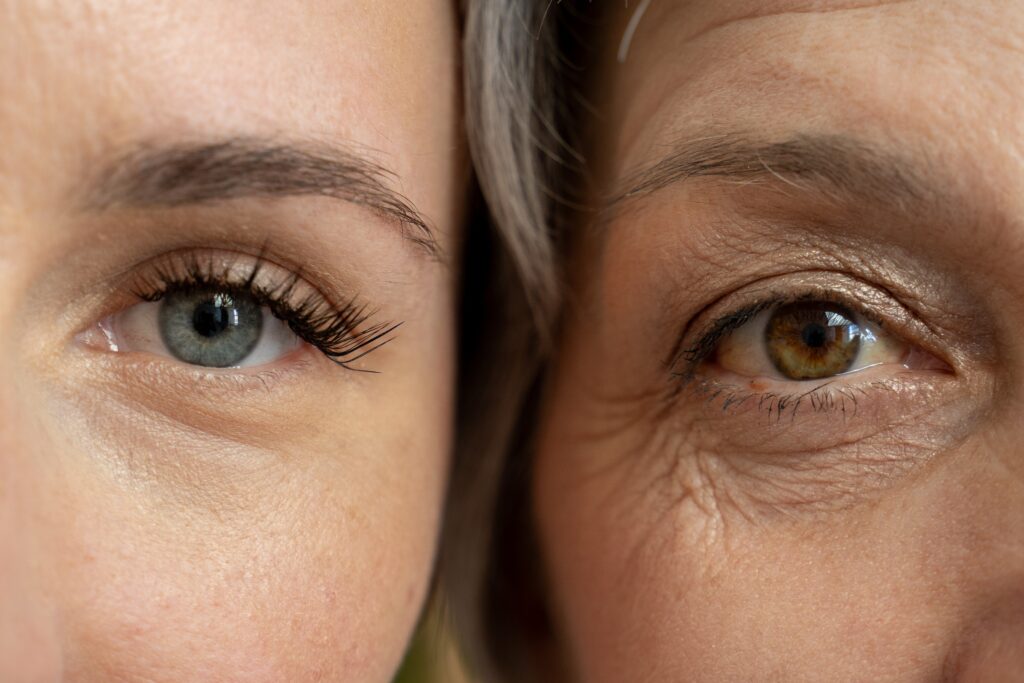Skin Cancer Removal
Skin cancers often involve the eyelid, particularly the lower lid, as well as the eyelid margins, the corners of the eye, the skin around and beneath the eyebrows, and areas of the face near the eye. The most common eyelid cancer is basal cell carcinoma. Whether the skin cancer is slow- or fast-progressing, it needs to be removed as soon as possible.
The two goals of eyelid skin cancer surgery are complete removal and reconstruction. First, the cancer is removed and the tissue is tested to ensure that the entire tumor has been excised. Next, the surgeon reconstructs the eyelid so that it both functions properly and looks normal. The reconstruction surgery is tailored to each patient based on the size and location of the defect. There are many advanced techniques for removing eyelid skin cancers as well as for reconstructing the lid so that it looks cosmetically appealing.

Eyelid Tumor Removal
Tumors are abnormal growths of tissue that can be benign (non-cancerous) or malignant (cancerous). Tumors on the eyelid or orbit (eye socket) should be evaluated and treated as soon as possible. Cancers require immediate medical attention. Even a benign tumor can cause pain or damage to the eye, such as blocking the tear ducts or preventing the eyelids from closing. A biopsy will usually determine whether the eyelid or orbital tumor is benign or malignant.
Most cancers of the eyelid (about 85-95%) are basal cell carcinomas. They are malignant but rarely spread to other parts of the body. Treatment is usually surgical removal.
If there is a defect after the tumor has been removed, the surgeon will reconstruct the eyelid or orbit so that it both functions properly and looks normal. Reconstruction is tailored to each patient based on the size and location of the defect.
